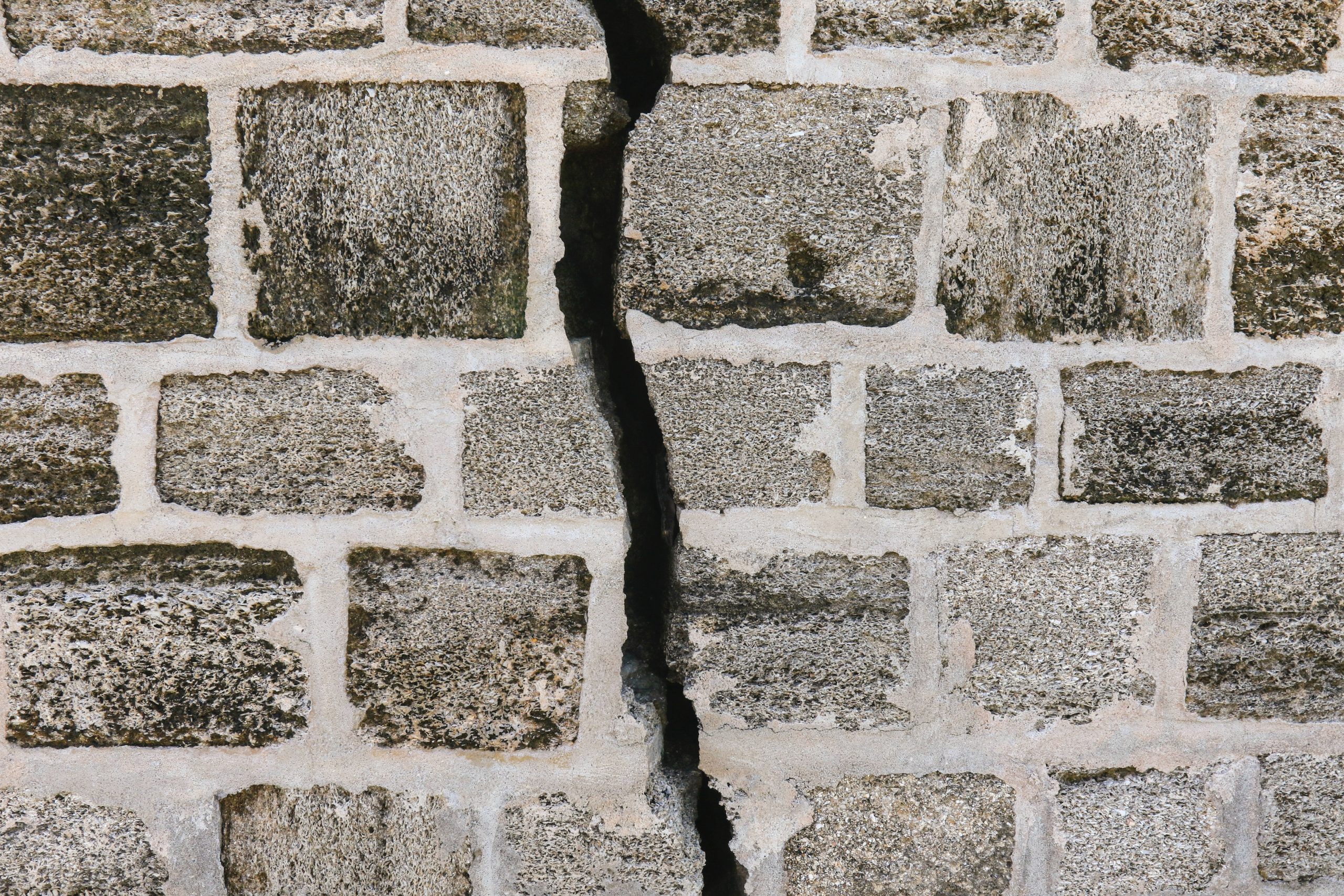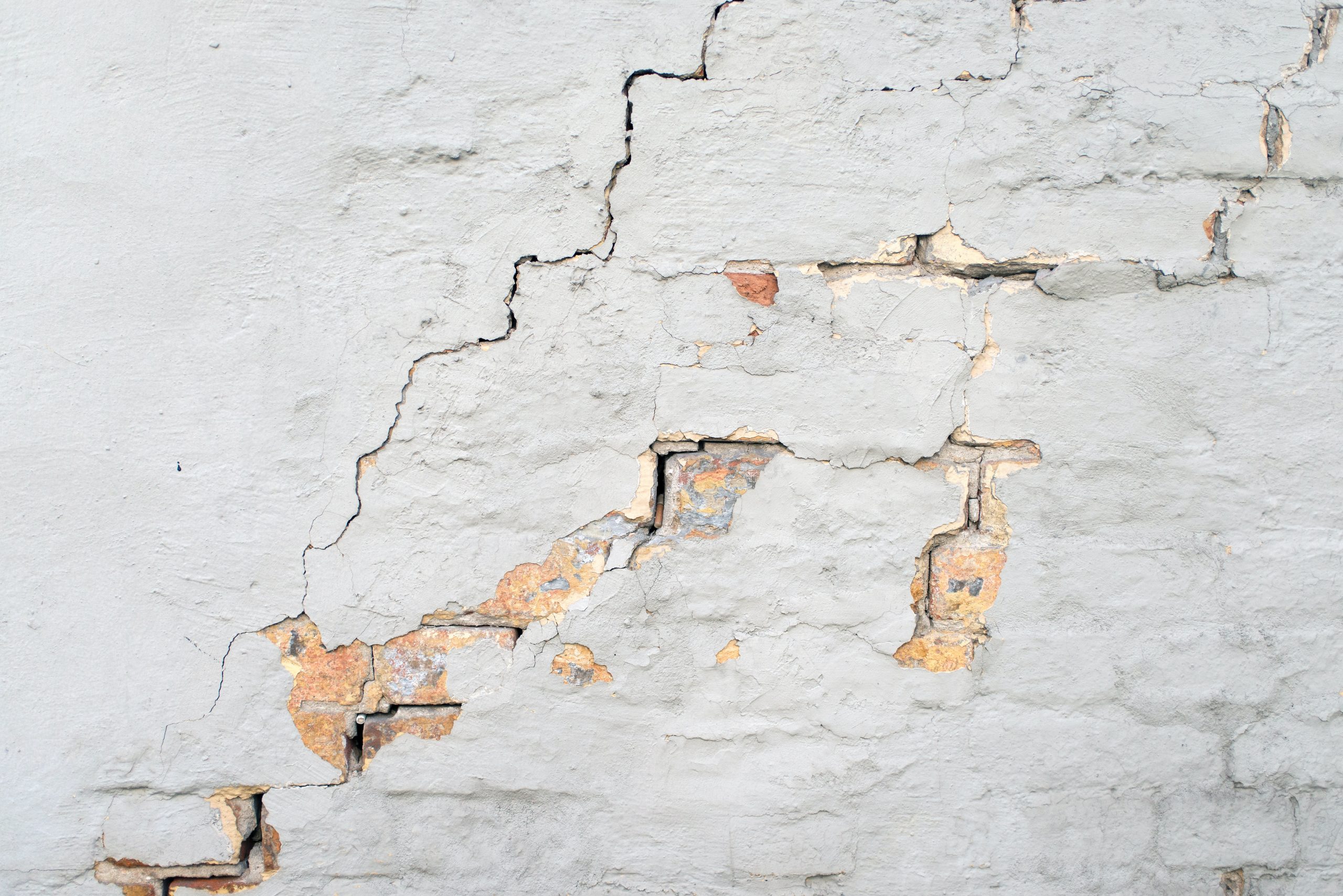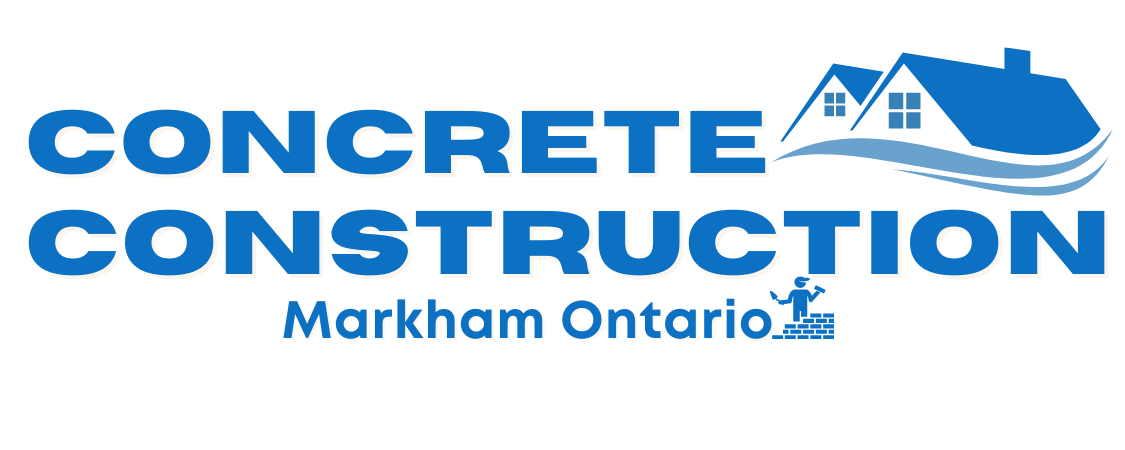Concrete is a widely used material for various construction purposes due to its strength, durability, and low cost. However, even the most well-constructed concrete surfaces can become damaged over time due to a range of factors. In this article, we will discuss the different types of concrete damage, methods of repair, preventative maintenance, cost considerations, and whether to choose a DIY approach or hire a professional for repairs.

Types of Concrete Damage:
Cracks: Cracks are one of the most common types of concrete damage. They can occur due to several reasons such as excess water, poor installation, heavy loads, or exposure to extreme temperature changes. The severity of the crack can range from hairline to larger, more significant cracks that may affect the structural integrity of the concrete surface. If left untreated, cracks can expand and cause more extensive damage. In general, it is best to address any cracks as soon as they are identified to avoid further damage.
Spalling: Spalling is the chipping or flaking of the concrete surface, often caused by freeze-thaw cycles, the use of improper deicing chemicals, or exposure to excessive heat. Spalling can occur due to the deterioration of the top layer of the concrete surface, which exposes the underlying aggregate.
Settling: Settling occurs when the ground beneath the concrete shifts or sinks, causing the concrete to become uneven and possibly crack. Settling can occur due to soil erosion, poor compaction, or changes in the water table. It can cause significant damage to the structural integrity of the concrete surface and should be addressed promptly.
Repair Methods:

When you notice any type of concrete damage, it is important to take action quickly to prevent further damage. The repair methods used by professionals can vary depending on the type and extent of the damage. Here are some common repair methods for concrete damage:
Resurfacing: For minor cracks and spalling, resurfacing is an effective repair method. This process involves applying a thin layer of concrete over the damaged area to restore the surface to its original appearance.
Patching: Patching is a common method used to repair small cracks and holes in concrete surfaces. A patching compound is applied to the damaged area, which then hardens to create a new surface.
Replacement: For larger cracks or more extensive damage, replacement may be necessary. This involves removing the affected area and replacing it with new concrete.
Preventative Maintenance:
Preventing damage is much easier and more cost-effective than repairing it later. Regular maintenance, such as cleaning and sealing the surface, can help prevent damage from occurring in the first place. Here are some preventative maintenance tips for concrete surfaces:
Regular Cleaning: Regular cleaning of concrete surfaces is essential to prevent the buildup of dirt, debris, and other materials that can cause damage.
Sealing: Sealing the surface of the concrete can help prevent damage caused by water, chemicals, and other elements. A sealant creates a protective layer on the surface of the concrete, preventing water from seeping in and causing damage.
Proper Drainage: Proper drainage around the concrete surface can help prevent settling, which can cause damage to the structure.
Cost of Concrete Repairs:
The cost of repairing concrete damage can vary depending on the extent and severity of the damage. Minor damage, such as hairline cracks, can be repaired at a lower cost than extensive damage, which may require the replacement of the entire surface. The cost of repairs can also vary depending on whether.
Whether you’re planning a new construction project or renovating an existing one, contact us today to learn more about our products and services and to request a free quote for your project.
